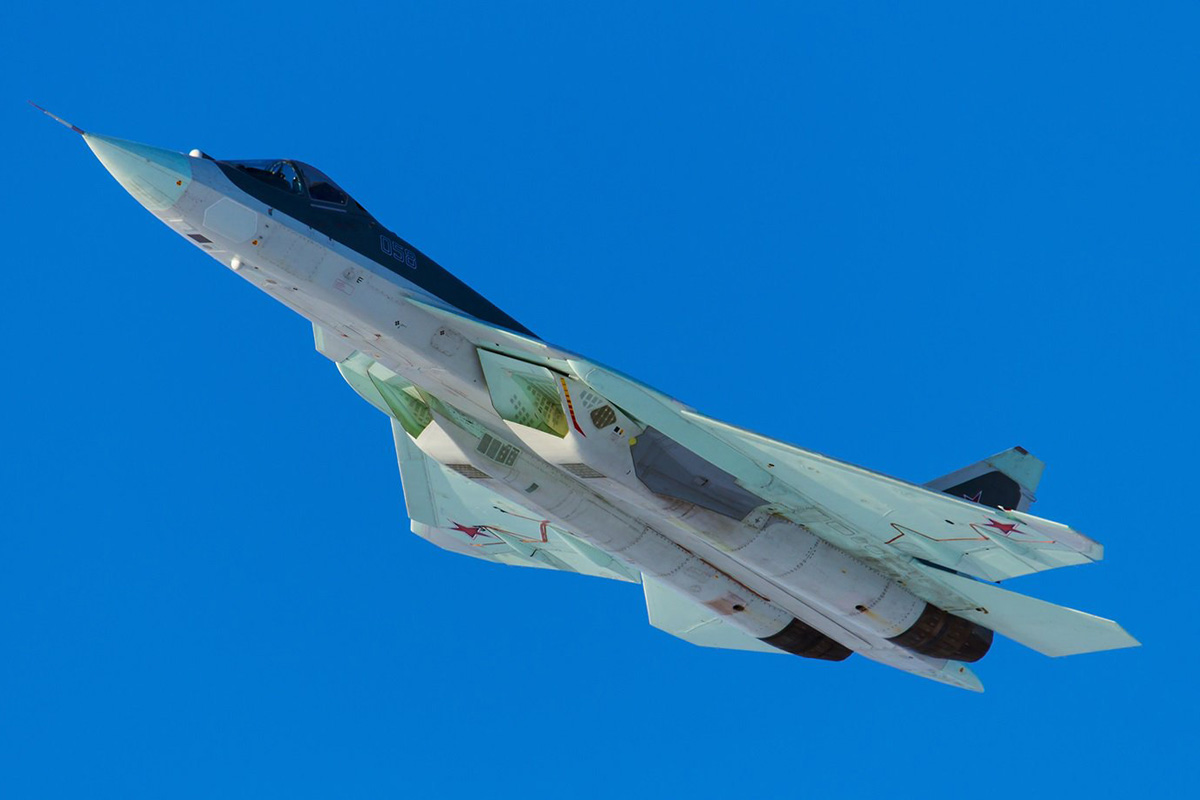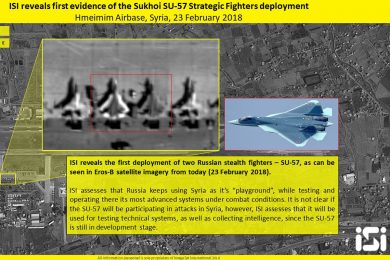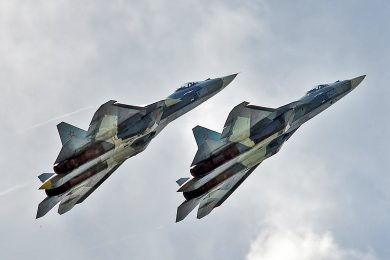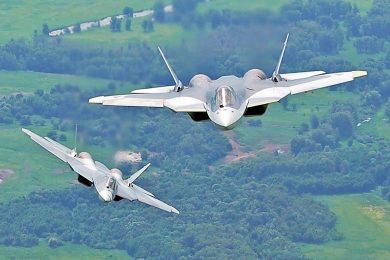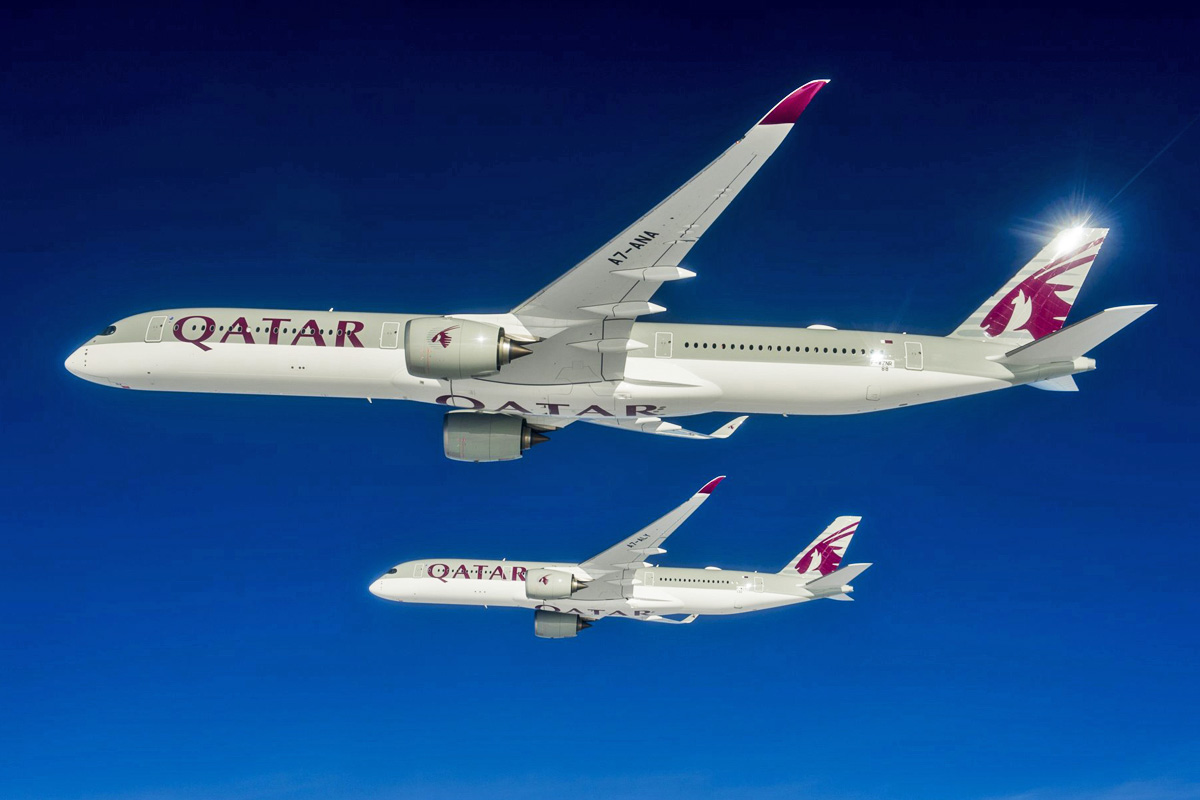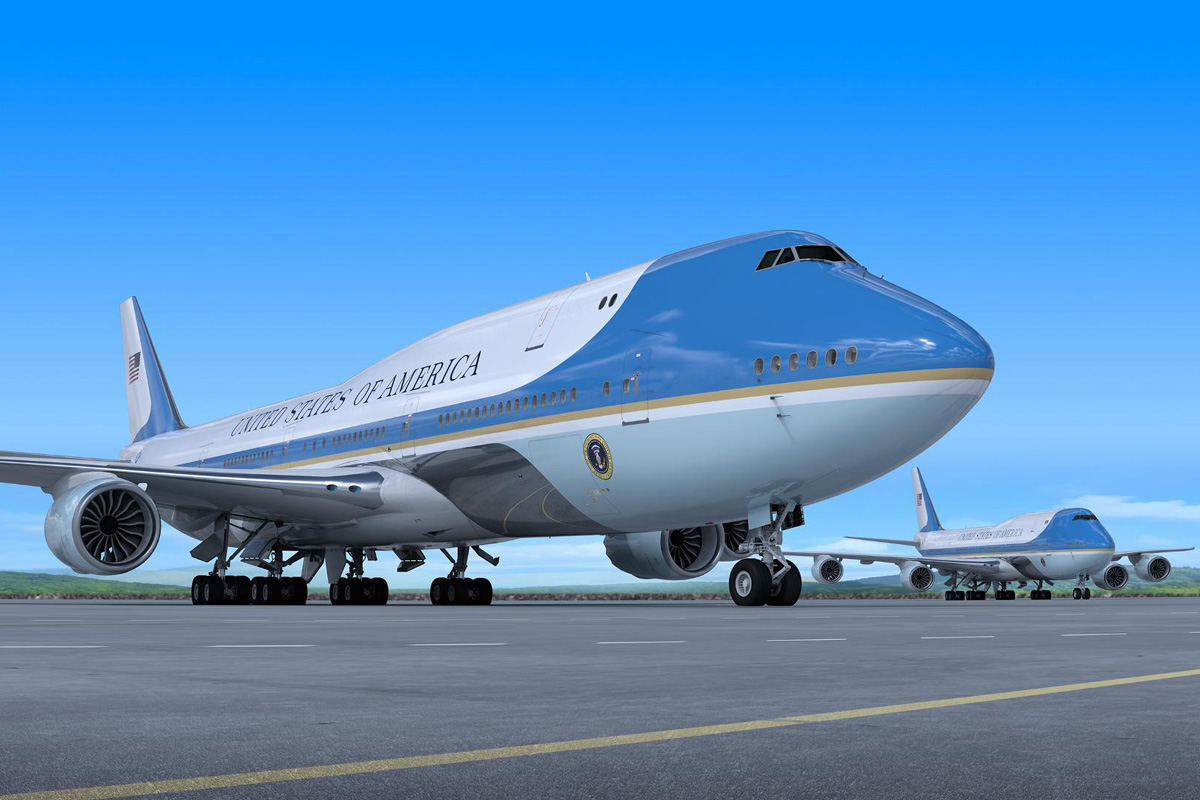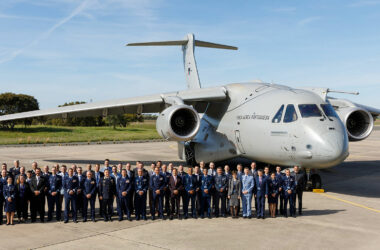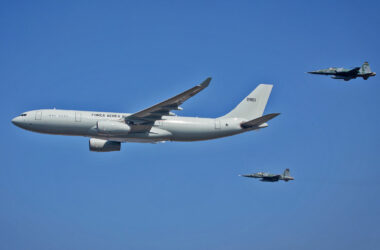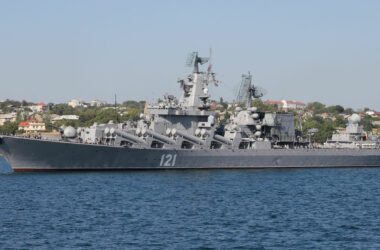In an unusual move, the Russian air force has decided to send four test units of the new Sukhoi Su-57 stealth fighter to Syria last week. The fighters participate in “combat and operational trials,” according to a short statement from the country’s Ministry of Defense.
Satellite images published by the ISI website revealed two Su-57s stationed at the Syrian airbase alongside other Sukhoi fighters. According to some reports abroad, the fighters would have their radar and electronic warfare systems in a “semi-combat” environment, but some claim that they carried out attacks against positions of the ISIS terrorist group, although this may be unlikely in the face of the risk to lose an airplane so advanced and expensive for the Russians.
According to Russian media, the decision to send Su-57 to Syria would have taken place during the MAKS aviation event, which took place in July of last year. The main goal is to speed up the already long development schedule of the aircraft, which has stealth capability (“invisible” to radars) and is considered the country’s first 5th generation fighter.
It is estimated that it will be able to maintain Mach 1.6 (about 2,000 km/h) for a long period of flight – the maximum speed of the Su-57 is estimated at Mach 2. The tests continue with the new engine and also involve the use of avionics of last generation and that were absent in the first eight prototypes.
The first flight of the Su-57, then called as T-50, occurred in February 2010. After several promises to acquire hundreds of units of the Sukhoi fighter, the Russian air force has decided to receive 12 units from next year. The advanced fighter still does not fly with its definitive engine, today in tests in one of the prototypes.

